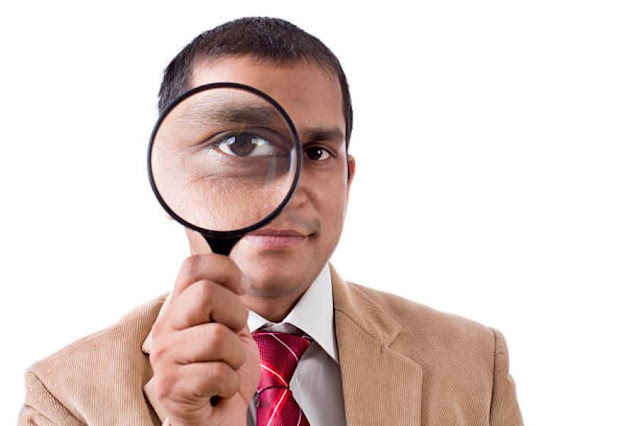In the 21st century, the symbiotic relationship between life
and technology has become more intricate and influential. Technology has intertwined
itself into our daily existence, altering how we interact, work, learn, and perceive
reality. This fusion of life and technology has brought about unprecedented
advancements and conveniences. Still, it has also raised important questions
about ethics, privacy, and the potential consequences of our technological
pursuits.
At the heart of this relationship lies the concept of
connectivity. The internet, often dubbed the "information
superhighway," has reshaped how we communicate and share knowledge. Social
media platforms enable instant global communication, transcending geographical
and cultural barriers. Yet, this interconnectedness raises concerns about
privacy and the manipulation of information. The fine line between staying
informed and falling victim to information bubbles or online echo chambers
becomes increasingly blurred.
Advancements in technology have revolutionized industries
and economies. Automation and artificial intelligence (AI) have streamlined
manufacturing processes, increasing efficiency and productivity. However, these
advancements have also sparked debates about job displacement and the potential
loss of human touch in various fields. Striking a balance between technological
progress and preserving human livelihoods remains a formidable challenge.
Education is another realm profoundly affected by the fusion of life and technology. Online learning platforms and digital resources now
complement traditional classrooms. This shift offers greater accessibility to
education, letting individuals learn at their own pace and schedule. Still, the
digital divide persists, with marginalized communities facing barriers to
accessing these new learning opportunities. Furthermore, concerns arise about
the impact of screen-based learning on critical thinking and interpersonal
skills.
Technology has augmented reality through virtual reality
(VR) and augmented reality (AR). These technologies immerse users in simulated
environments or enhance real-world experiences by overlaying digital
information. While this opens avenues for innovative entertainment, interactive
learning, and therapeutic applications, it blurs the line between the genuine
and the artificial. The potential psychological and social implications of
spending substantial time in these altered realities warrant careful examination.
Healthcare stands on the cusp of a technological revolution,
promising personalized treatments, remote patient monitoring, and improved
diagnostic accuracy. Wearable devices and health apps allow persons to take
charge of their well-being in unprecedented ways. However, the vast amount of
personal health data being collected raises concerns about data security and potential
misuse. Striking a balance between the benefits of technology-driven healthcare
and safeguarding patient privacy is paramount.
Ethical considerations permeate the intersection of life and
technology. The development of autonomous vehicles, for instance, presents
complex moral dilemmas. These vehicles must make split-second decisions in
life-threatening situations, raising questions about how to program them to
prioritize different lives and outcomes. Similarly, the rise of AI-generated
content prompts discussions about intellectual property rights and the
authenticity of creative works.
As technology becomes increasingly integrated into our
bodies, ethical discussions intensify. The field of biohacking explores the
augmentation of human capabilities through technological interventions. These
advancements offer new possibilities for quality-of-life improvement, from
implantable microchips to enhance memory to prosthetic limbs that restore
mobility. Yet, they also prompt debates about altering human nature and the
potential for creating societal divisions between those who can afford such
enhancements and those who cannot.
The relationship between life and technology is not merely
functional—it's emotional as well. Emojis, gifs, and digital avatars have
become extensions of human expression, allowing us to convey feelings and
reactions in the digital realm. However, concerns arise about the impact of
these forms of communication on genuine emotional connections and empathy.
In conclusion, the intricate interplay between life and
technology defines the landscape of the modern era. It has reshaped
communication, work, education, and health, among countless other facets of our
lives. As we navigate this evolving landscape, we must tread carefully,
considering our technological choices' ethical, social, and emotional
implications. By fostering a holistic understanding of the consequences of
technology's integration into our lives, we can strive for a future where
innovation enhances the human experience without sacrificing our values and
connections.




